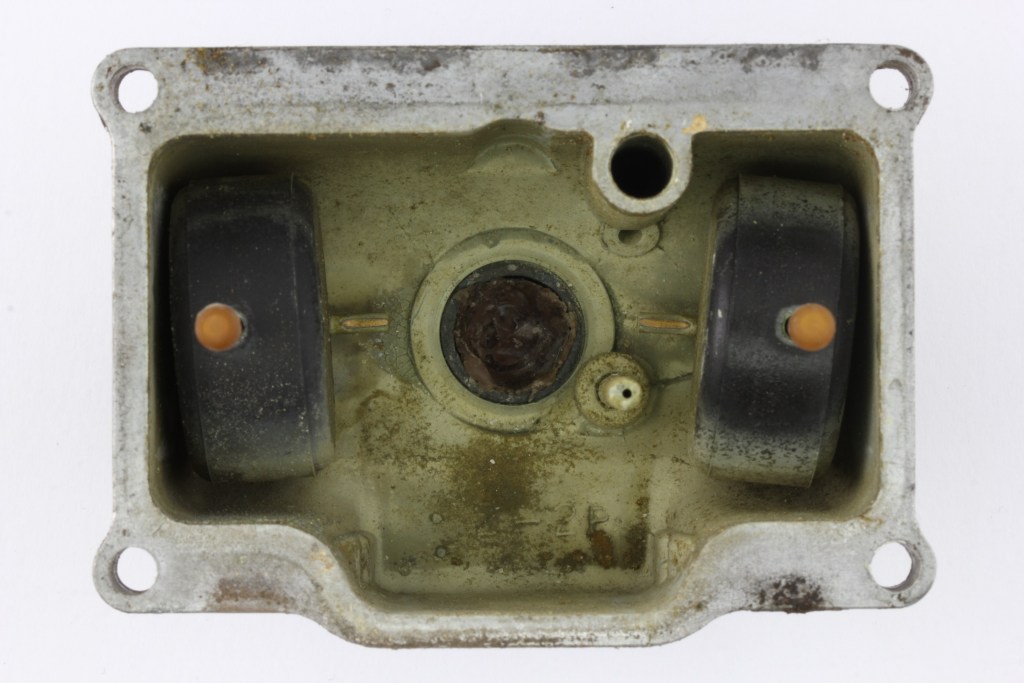CVT Transmission? How Does It work? John Baker|Mar 27, 2019 11:18 AM “CVT” stands for continuously variable transmission. A CVT transmission uses a pair of variable-diameter pulleys and a belt or chain to provide unlimited gear ratios. How does a CVT work? To illustrate, think of a traditional automatic or manual transmission. They’re built with a […]
You are browsing archives for
Tag: gear
Lawnmower Won’t Start? Do this.
Lawnmower Won’t Start? Do this. John Baker|Jul 03, 2019 1:48 PM A lawnmower that won’t start, especially when taken from storage, is almost always due to one problem: bad gas. Storing a lawnmower in the fall without adding gasoline stabilizer to the fuel tank can cause the fuel to break down and plug the fuel passages. If fixing […]

